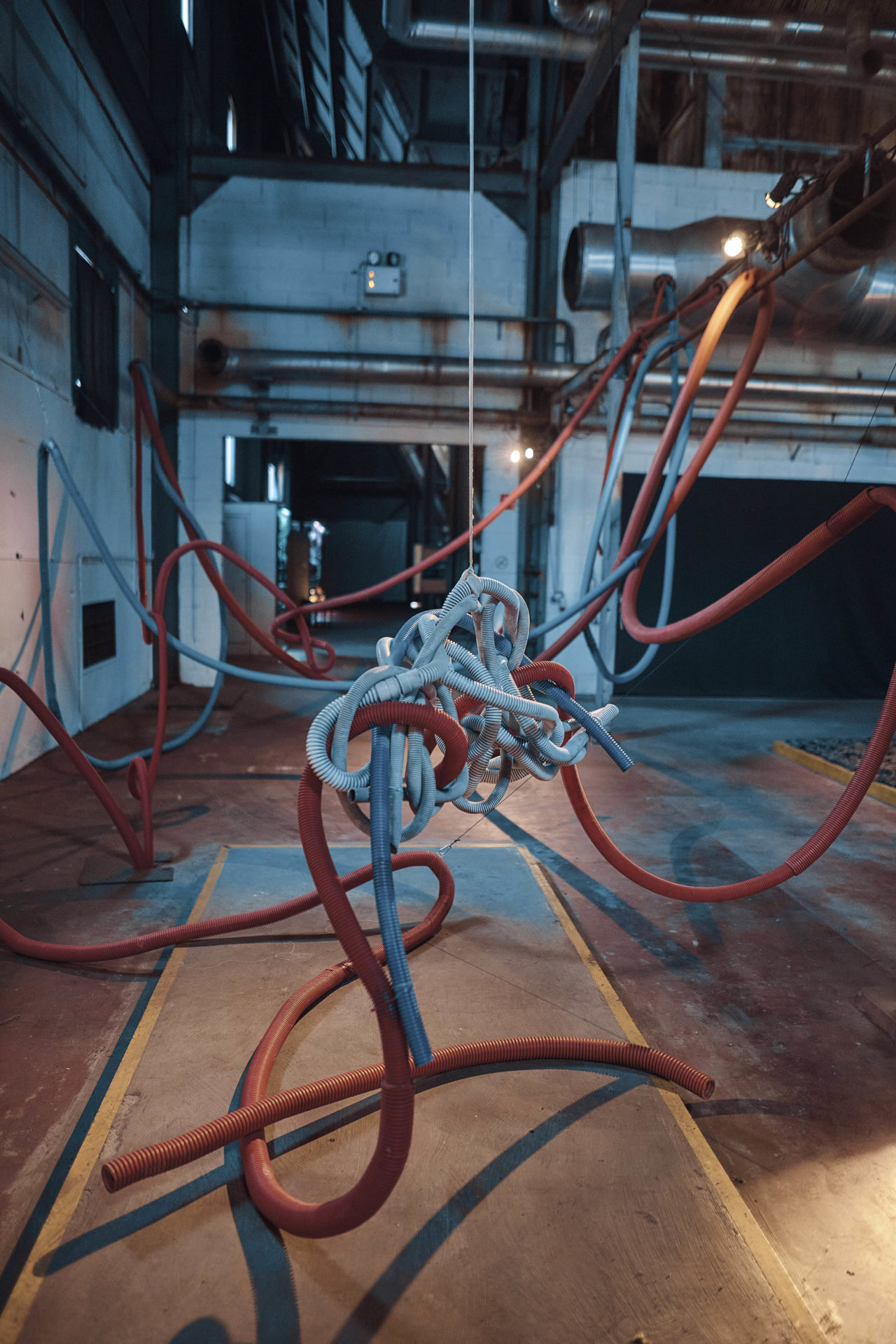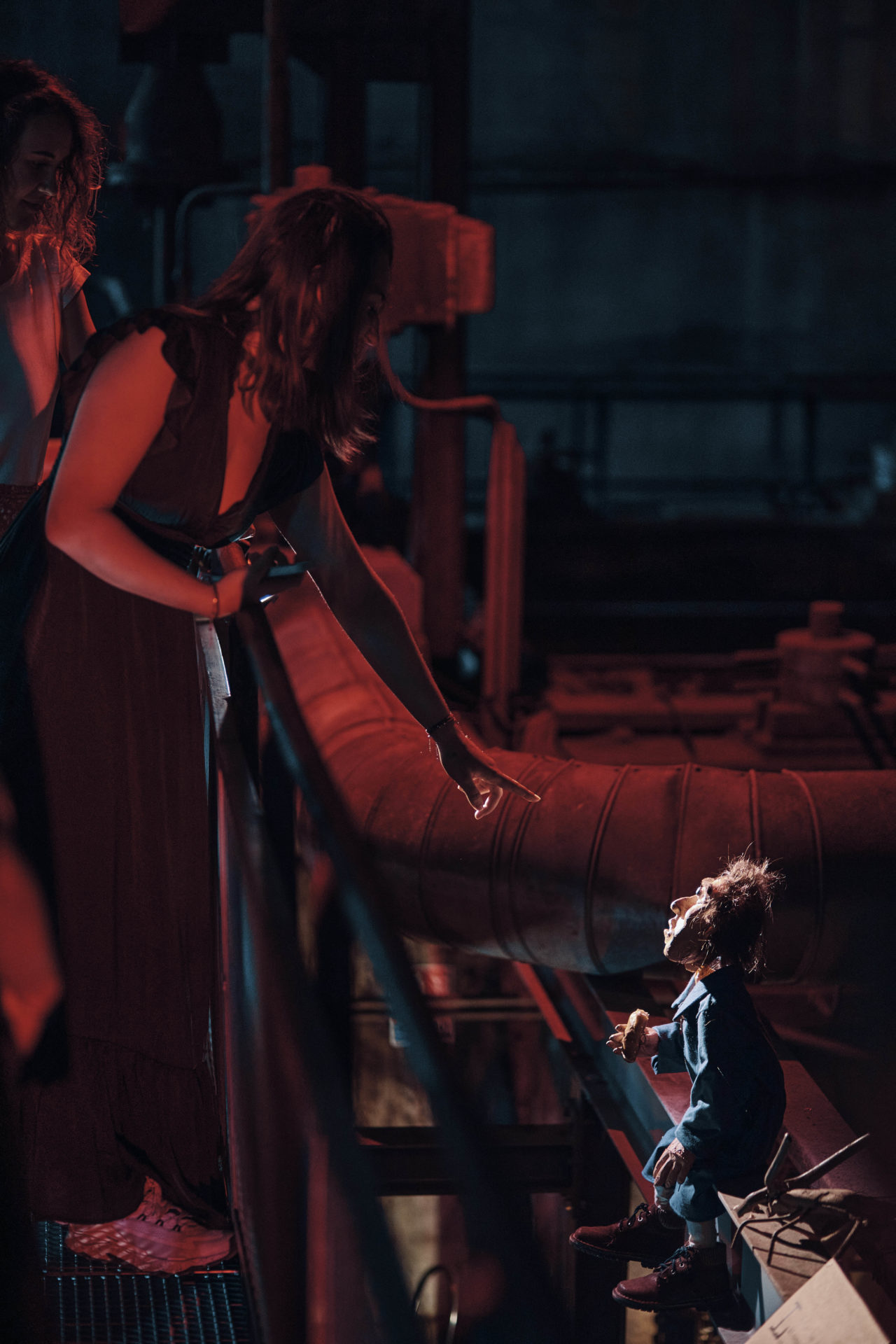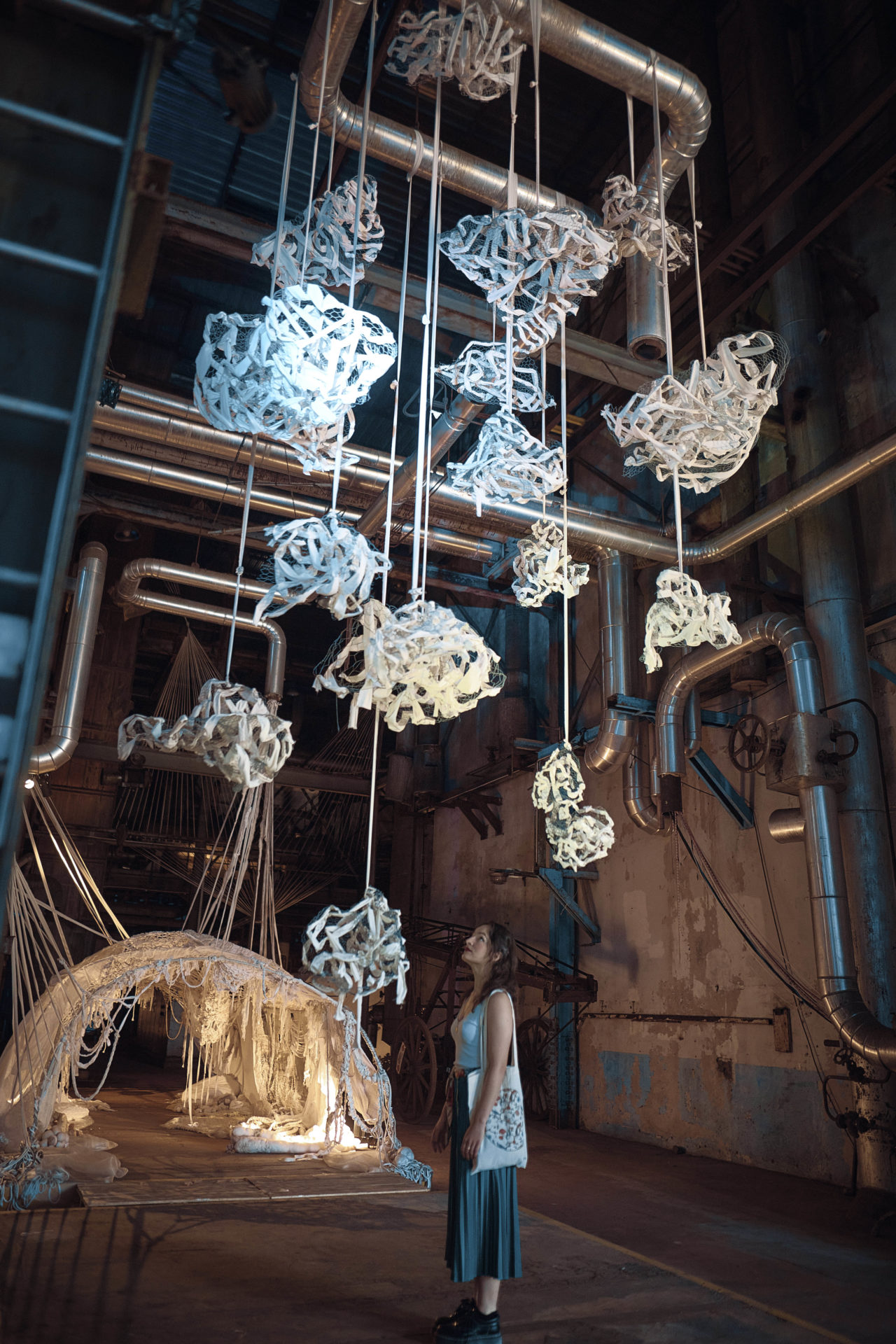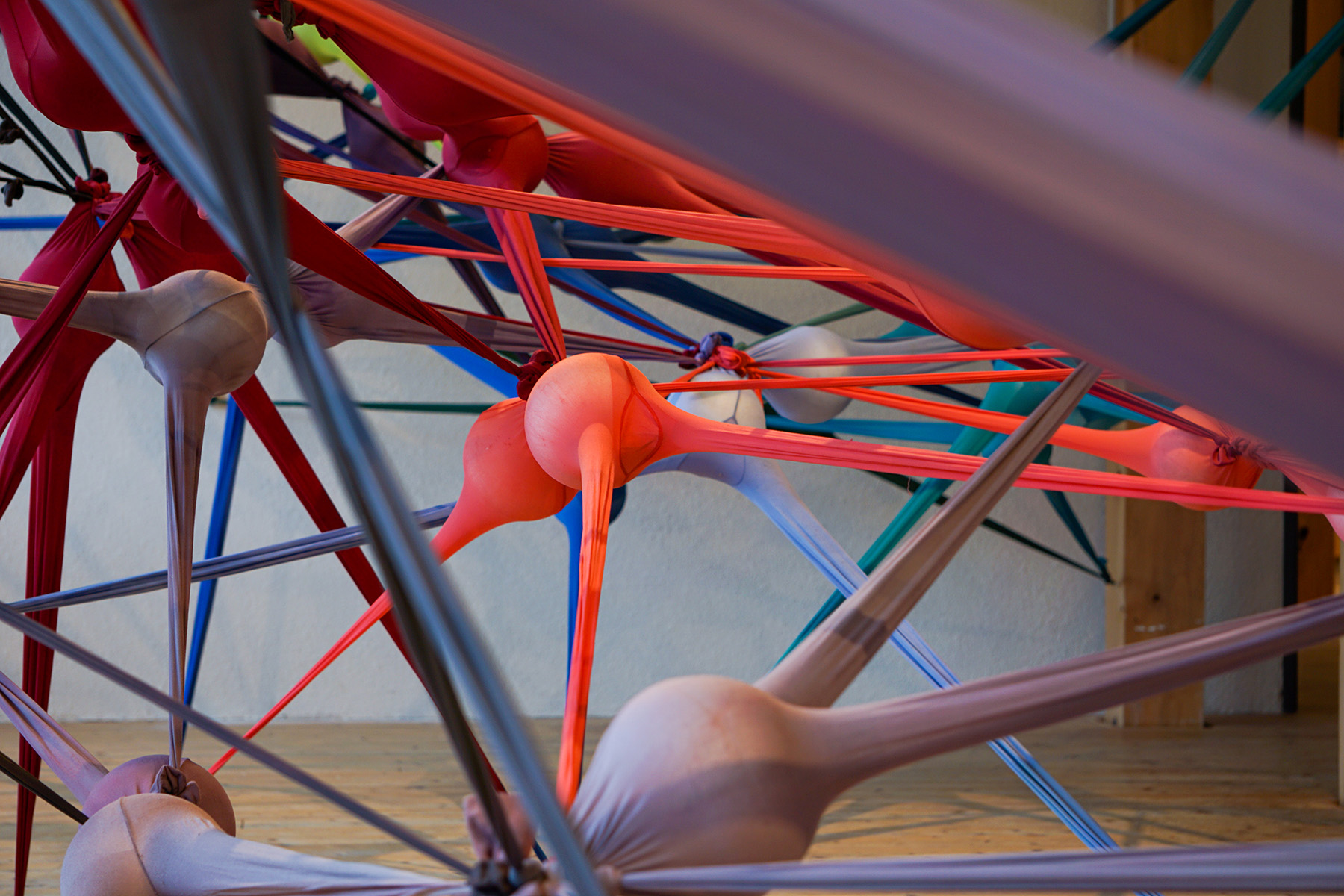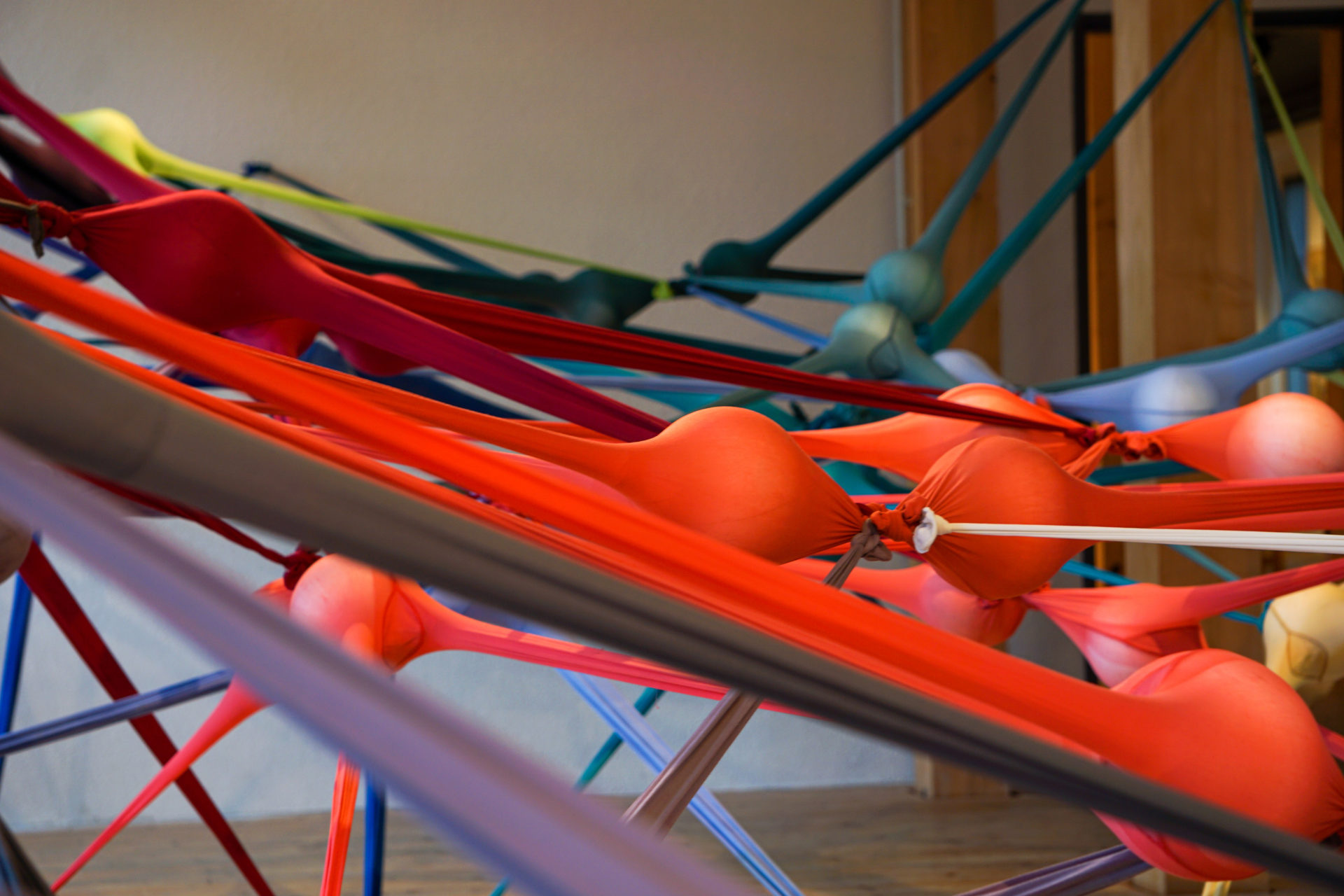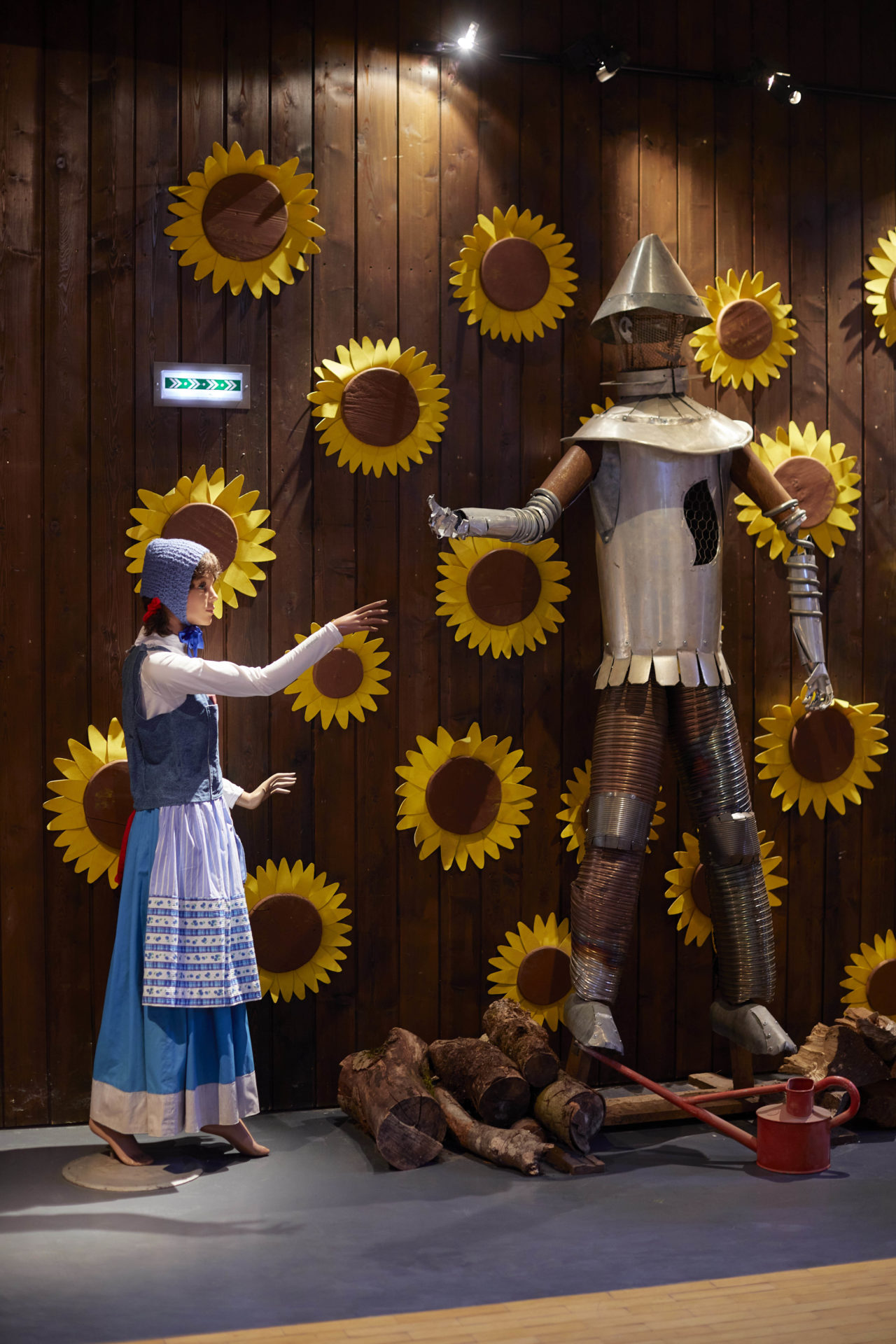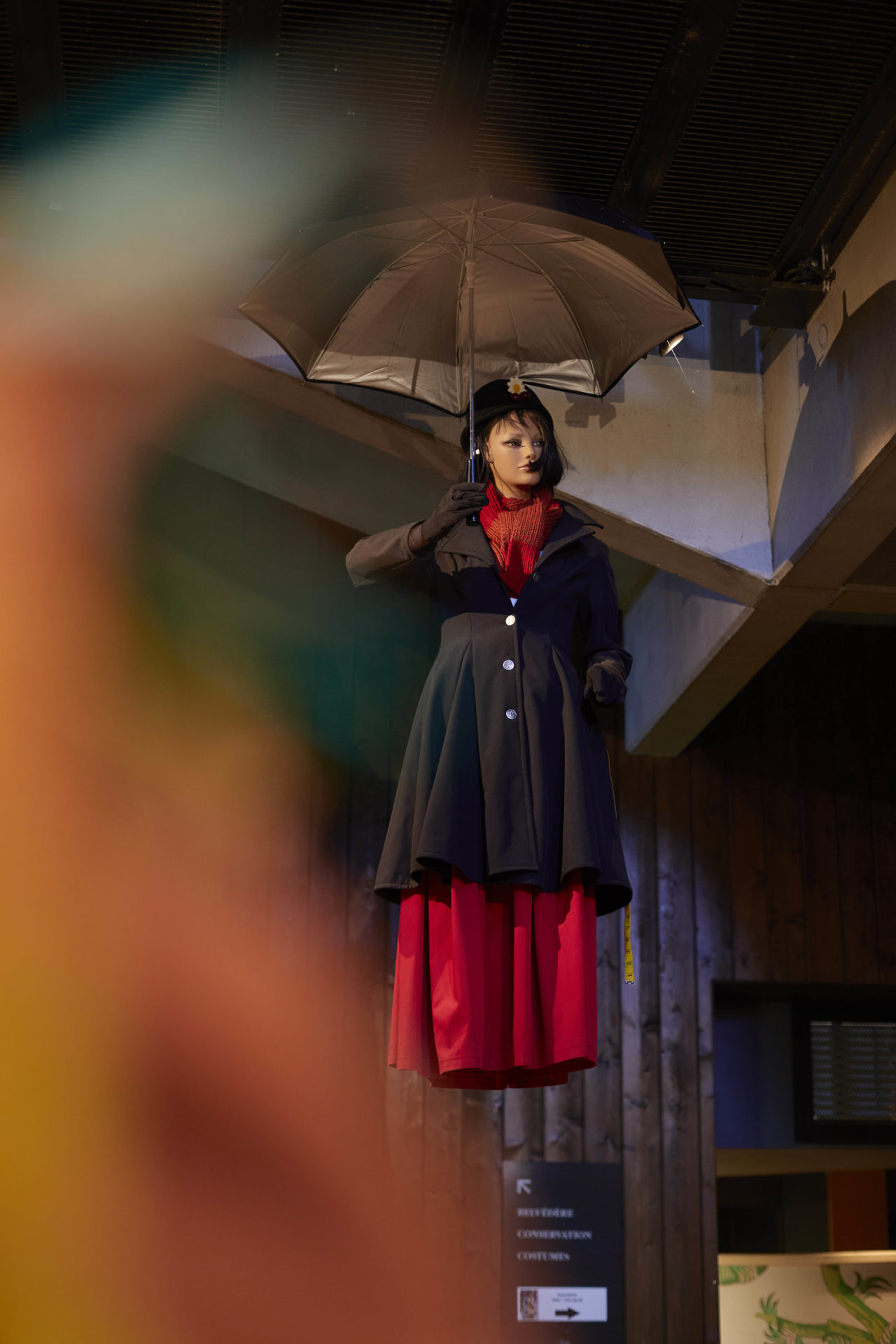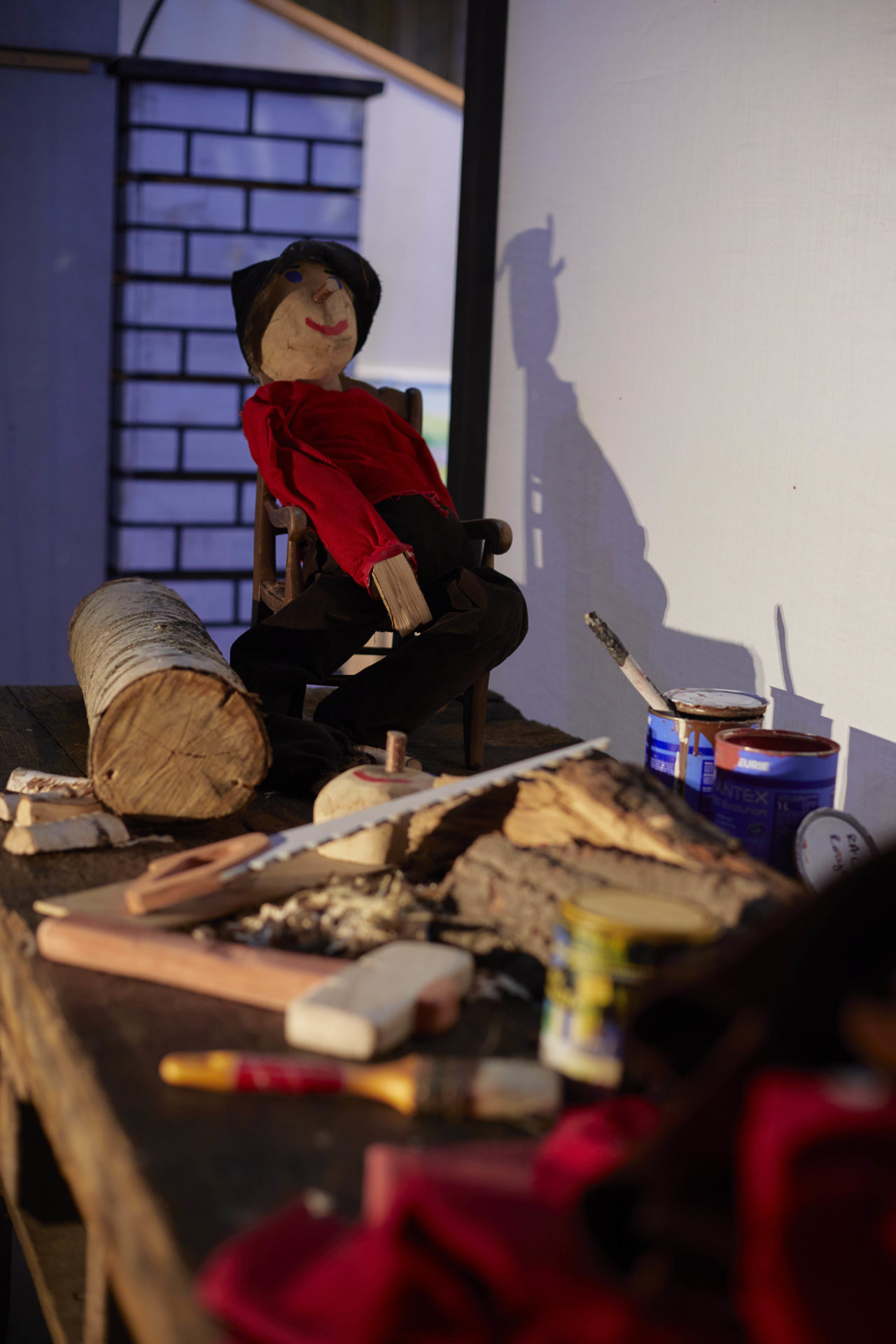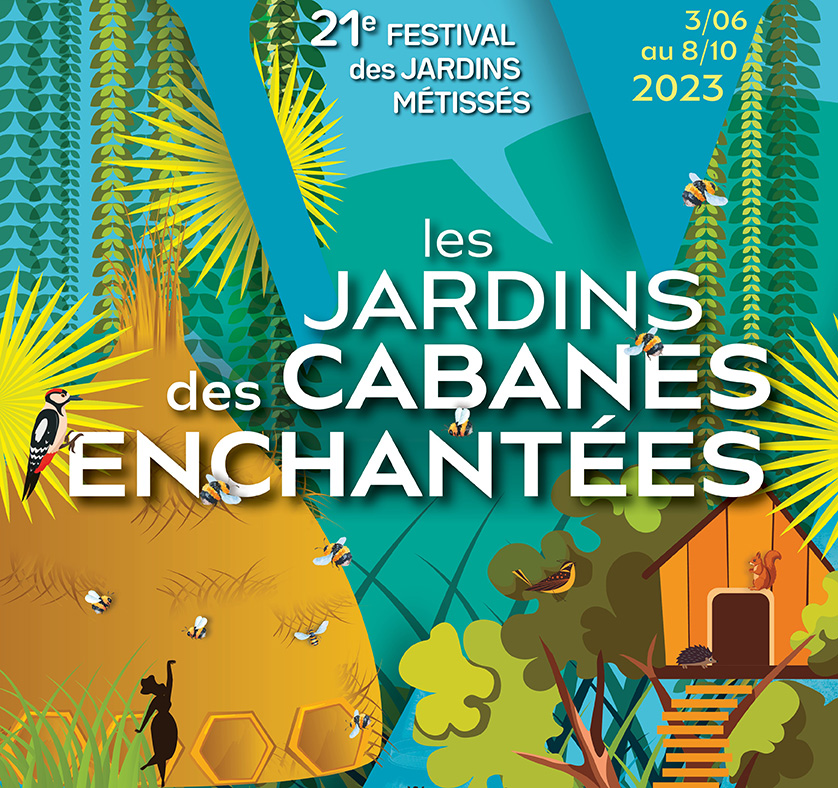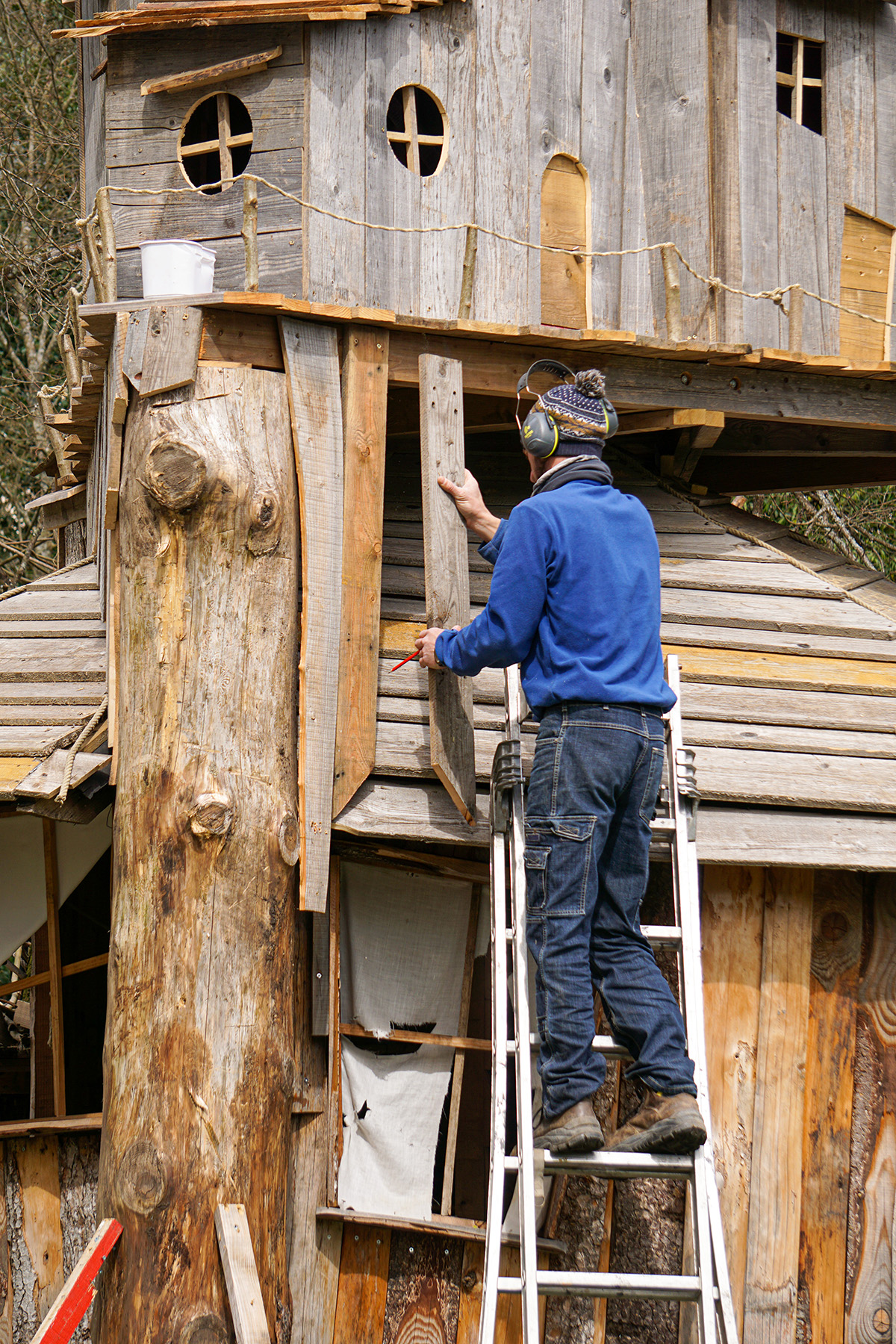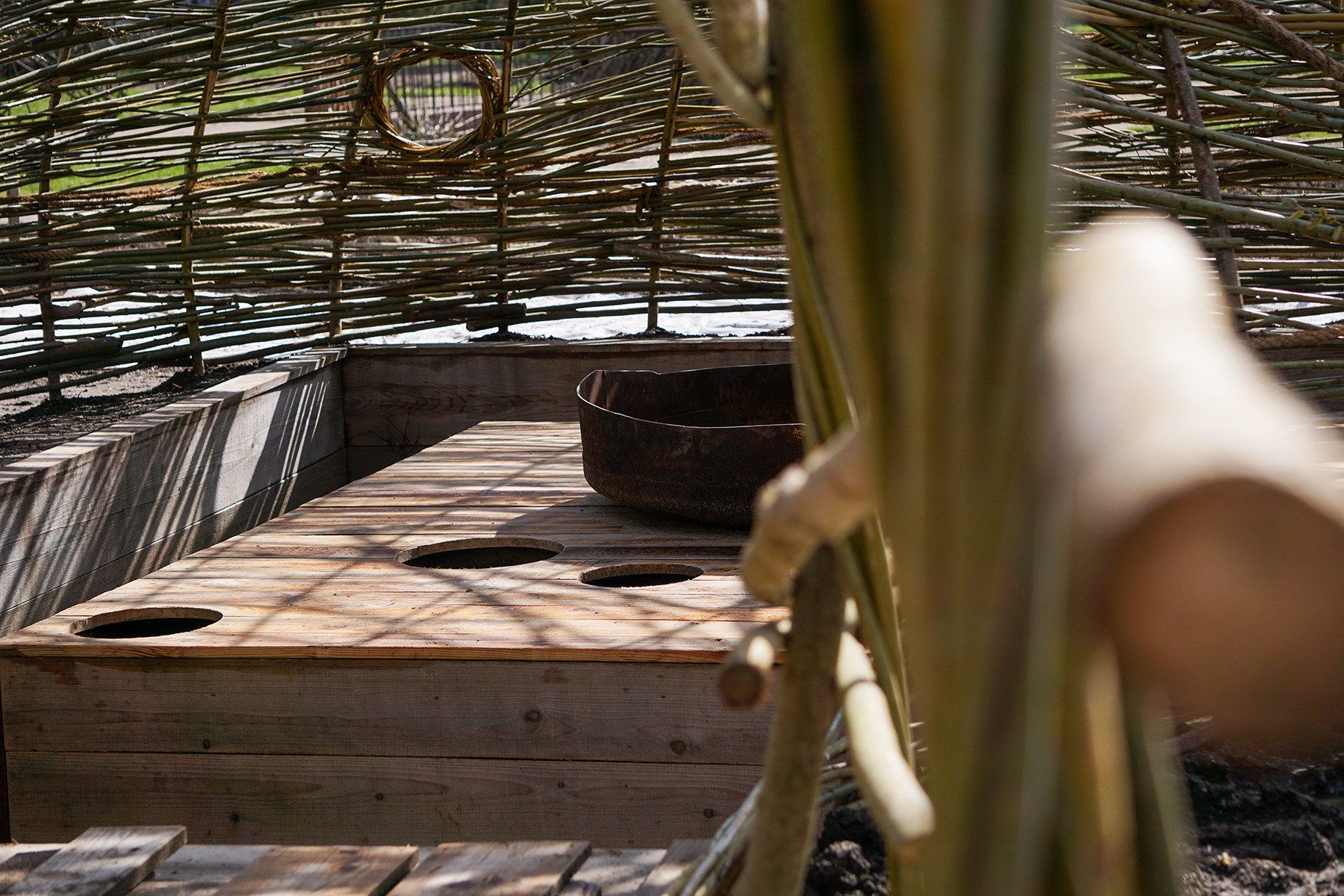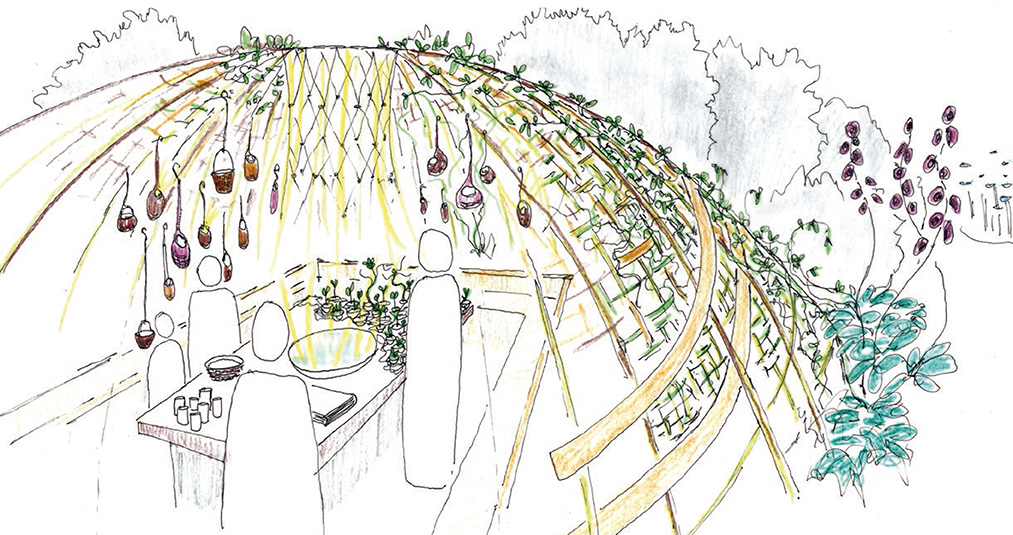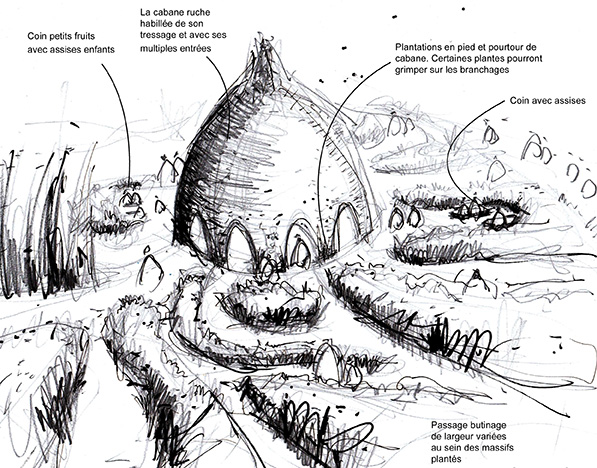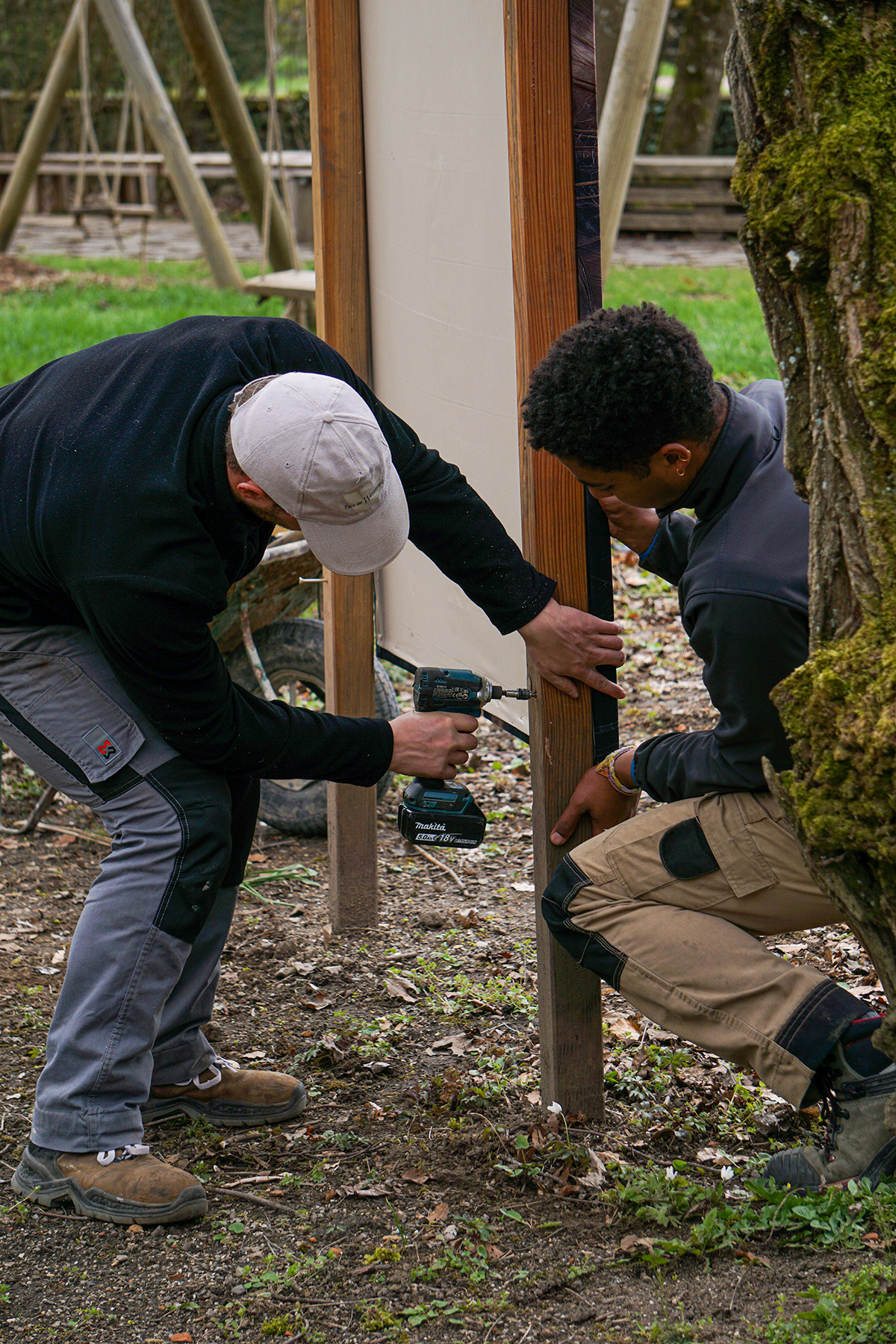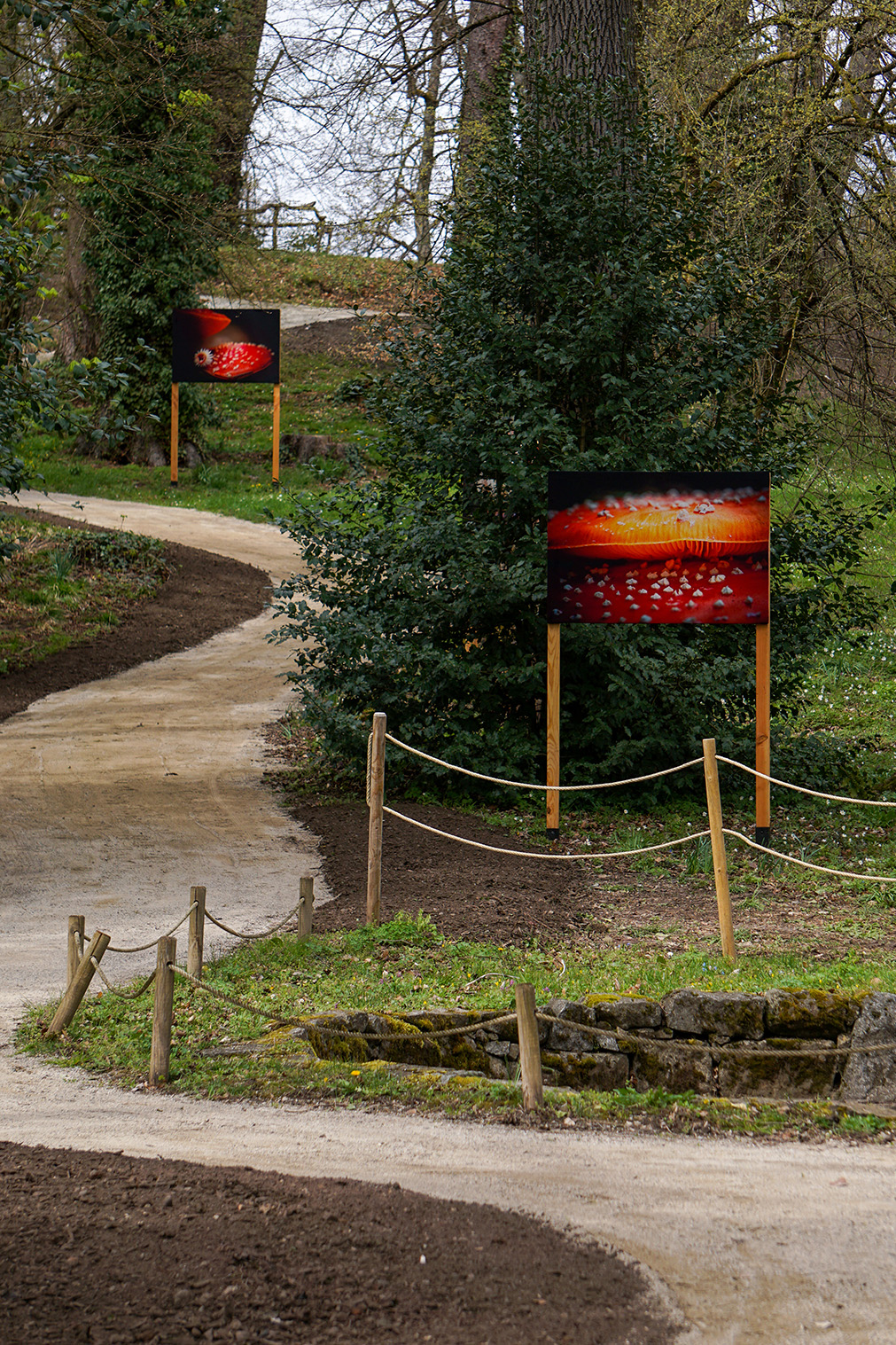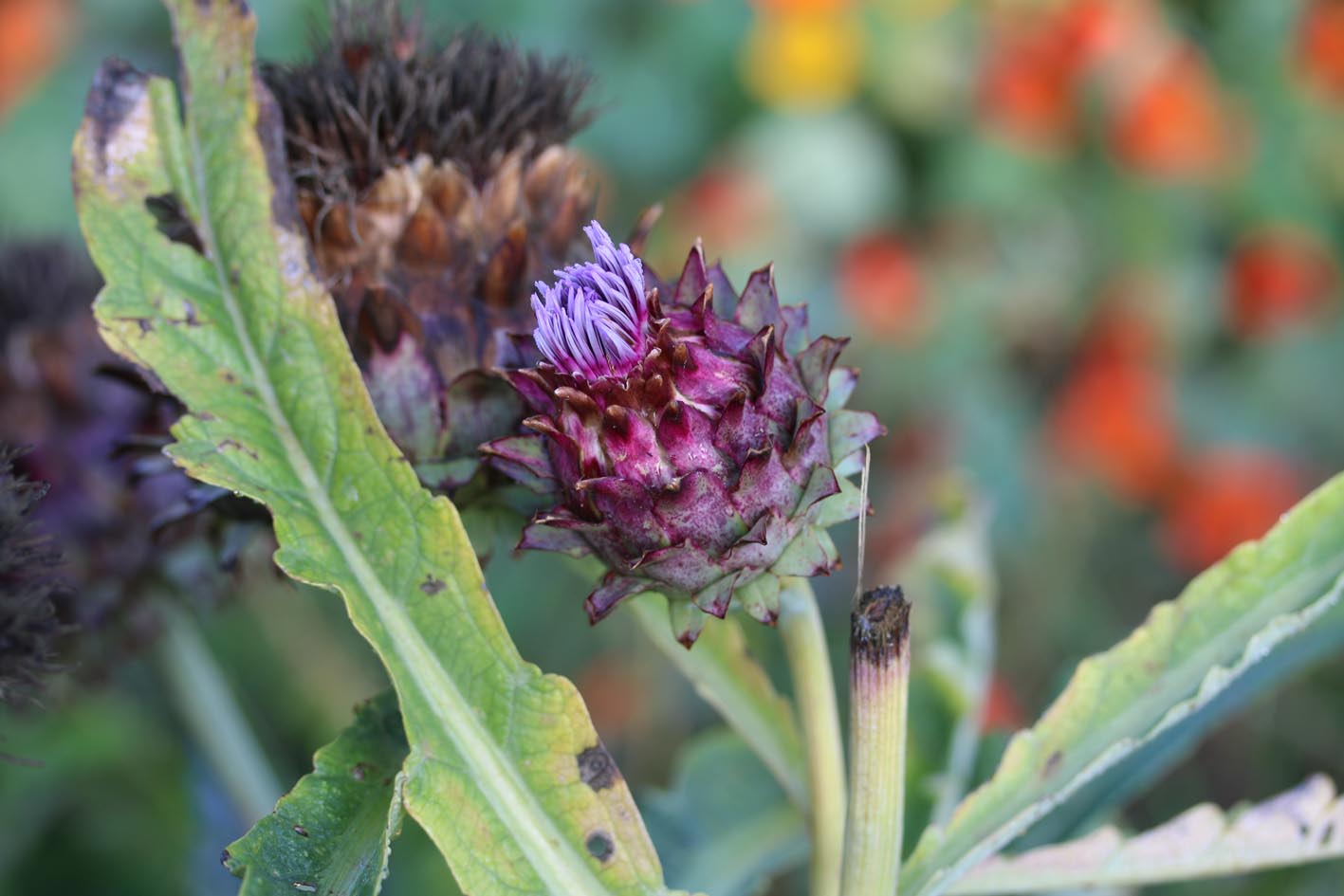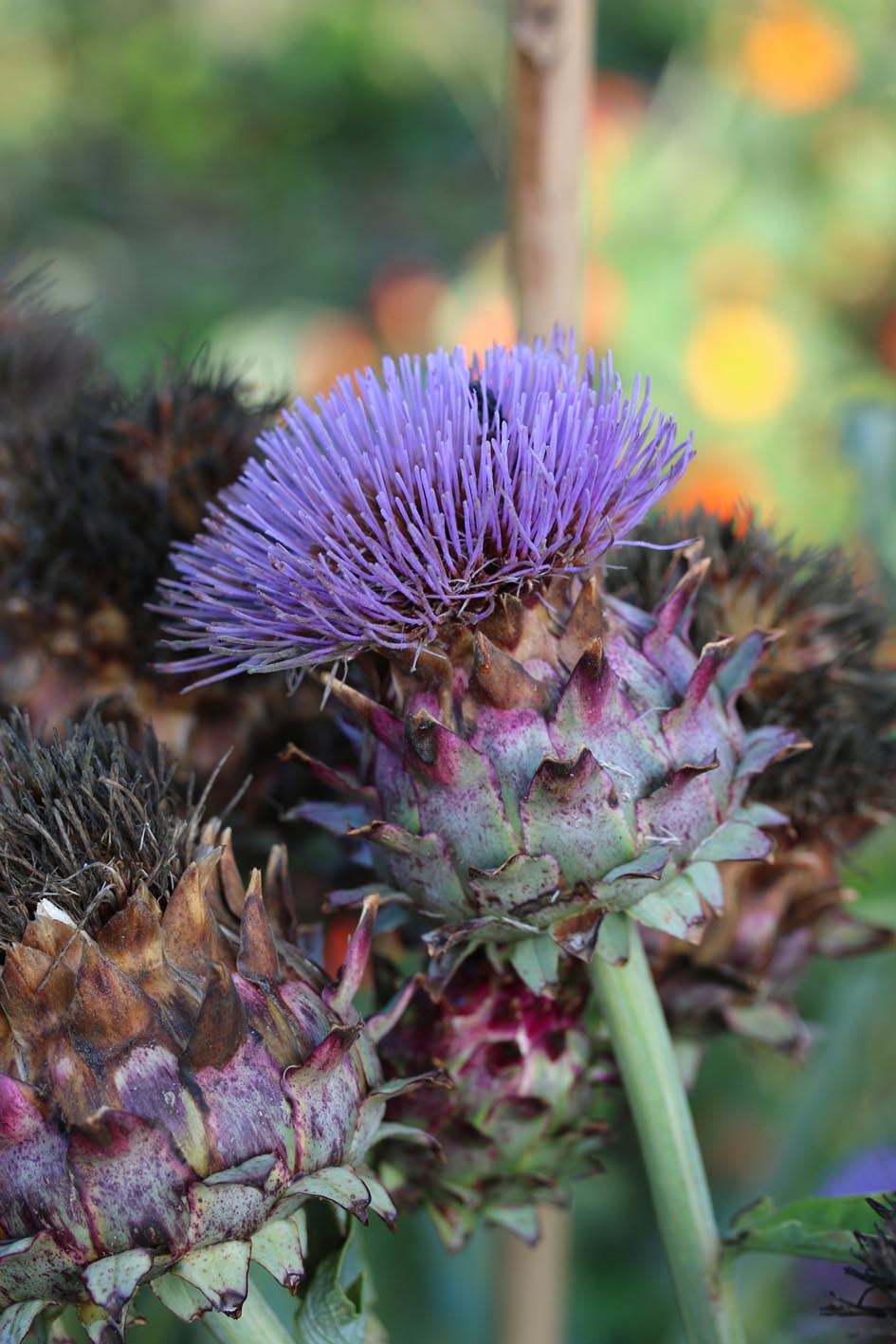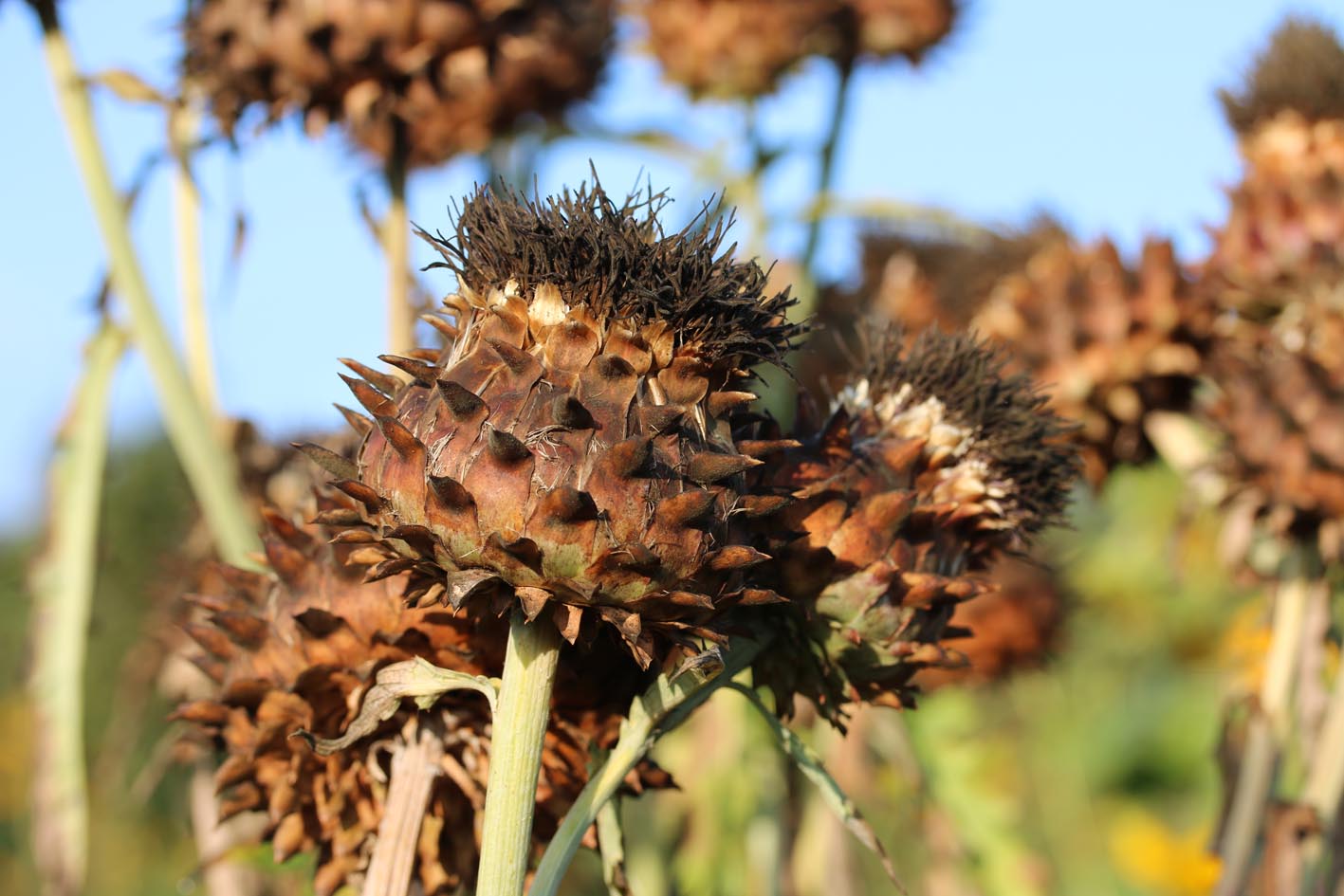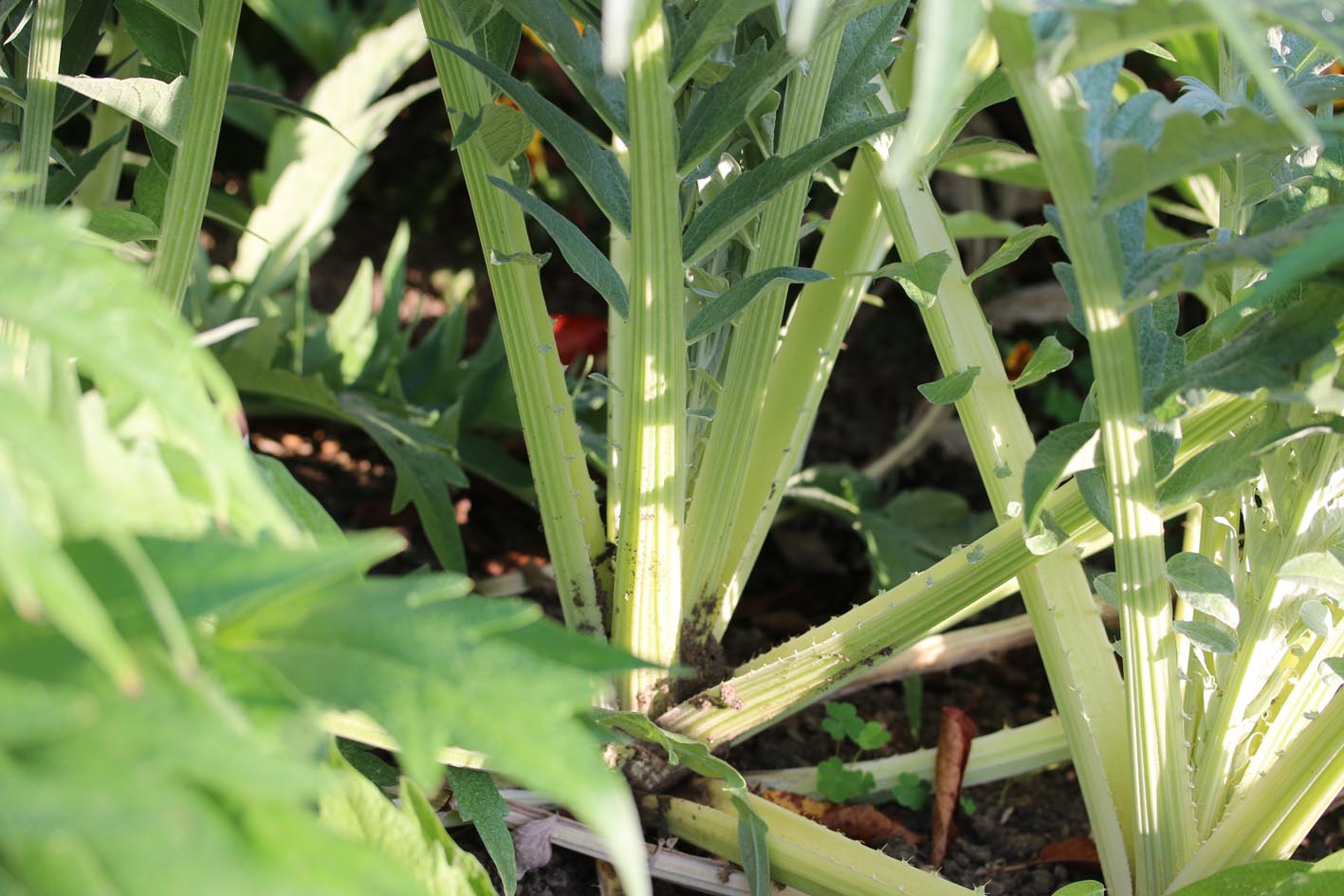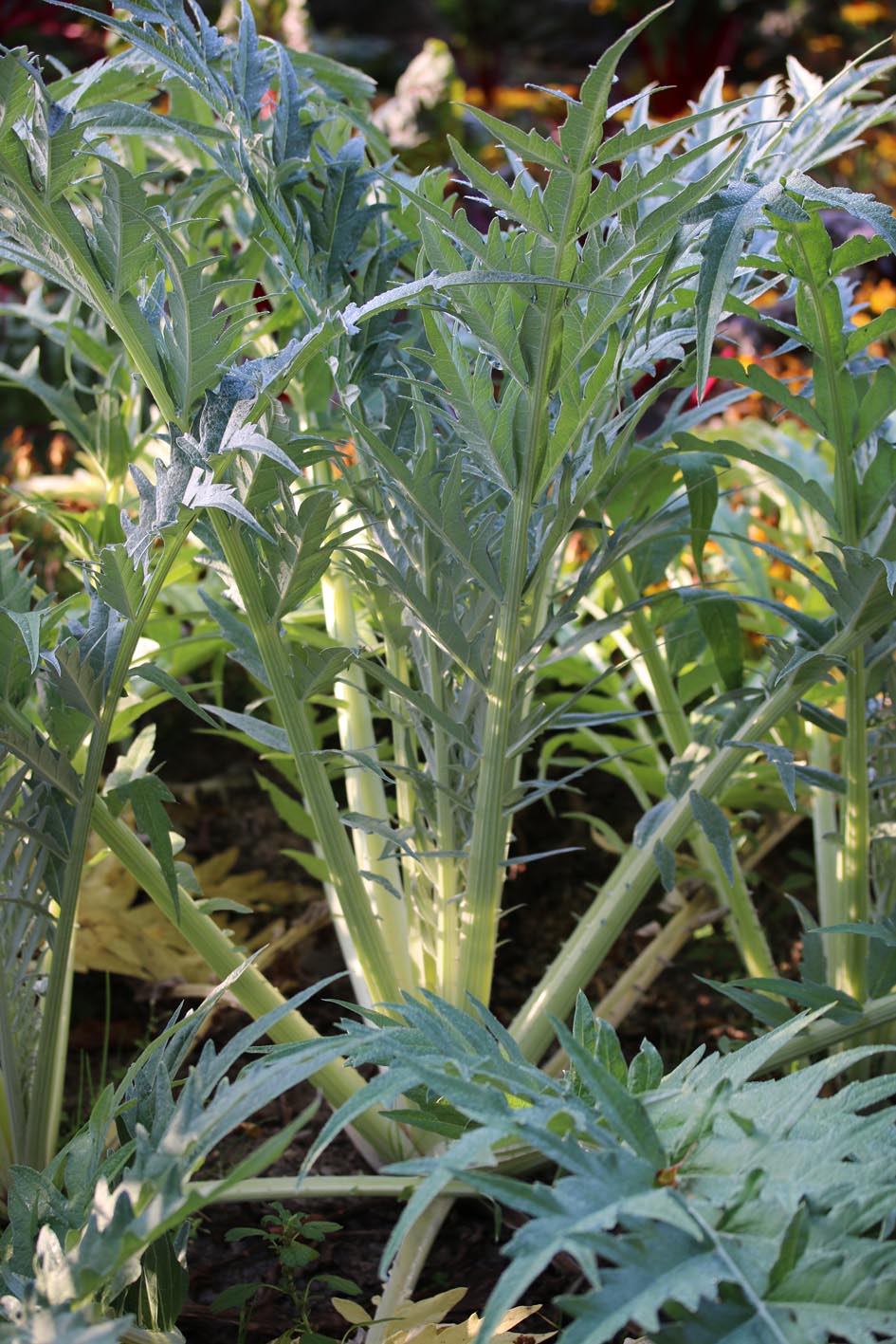Follow in the footsteps of the hermit and his chimera
What if the story of the Boiler House became a fairytale? Our visitors are invited to discover historical anecdotes and technical facts about this former thermal power station.
Follow in the footsteps of the hermit and his chimera
A collective of artists has come together to create poetic and playful productions. Through this exhibition, the visitor will learn the history and functioning of this Boiler House.
“Follow in the footsteps of the hermit and his chimera” tells the story of a hermit who lives in the Boiler House – a remote and historical place. The intertwining of the pipes and structural elements of the Boiler House gives the idea of a living machine that functions on the same logic as the organs of the human body. The public is thus immersed into the bowels of the Boiler House.
The visitor is invited to look into this huge building through the eyes of the hermit – his chimera. The tour leads him to the memories of this reclusive man and his mysterious and fantastic visions.
The following people participated in the creation of this exhibition: Léa Ougier, Maïté Bur, Martin Hubert, Nicolas Cadiou, Florence Chautard, Marie-Edith Robinne, Michele Vicenzi.
The main challenge for the two scenographers was to explore the materials kept in the storages of the Wesserling gardens. The richness of the forms proposed in the exhibition thanks to the material chosen by the artists and the in situ creation – in the place, around the place, for the place. The project is part of a more global trend called “upcycling art”.
The Boiler House Room is open every day at 3pm.



